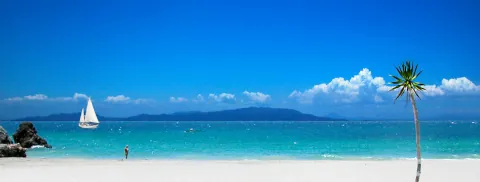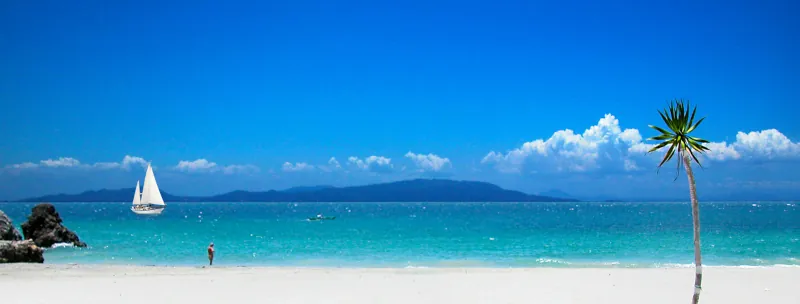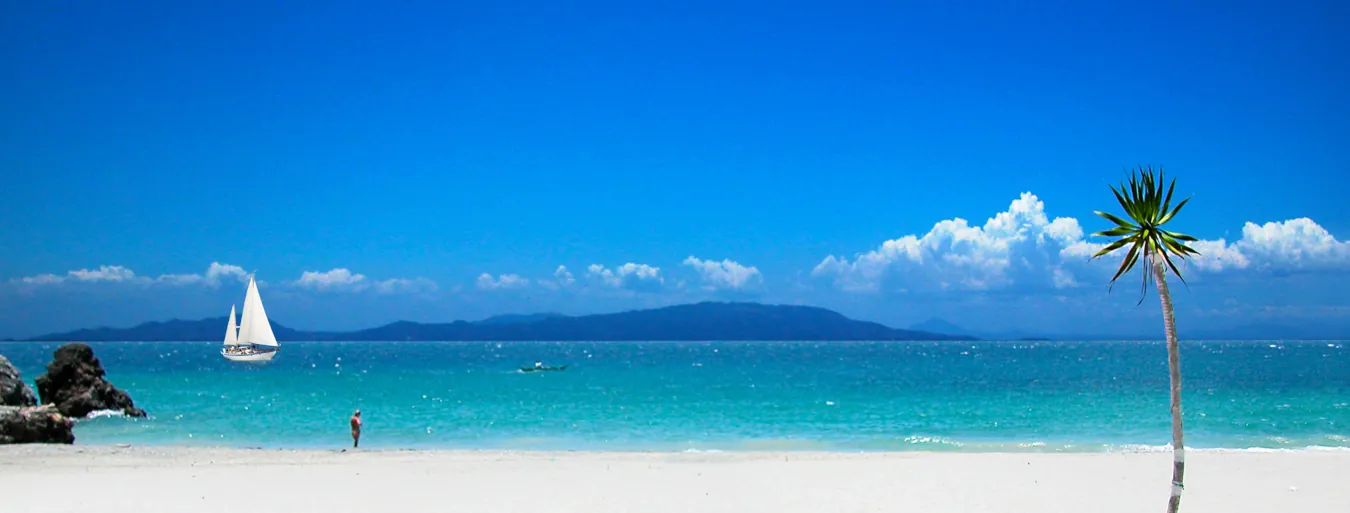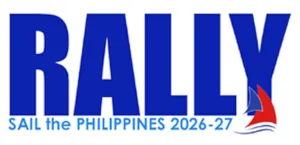Frequently Asked Questions Sailing Philippines
When planning to sail in The Philippines, whether as a resident or as a visitor, there are some frequently asked questions that need answering. Here below is the list of questions most often asked in chat groups and by email inquiry. If you have other questions then please email to us and we will provide the answers.
Where Can I CIQ Check-in When Entering The Philippines?
You can CIQ, Check-in, to The Philippines at approved check-in ports listed on the Entry & Exit page of this website – these are ports that are known to be accommodating for pleasure vessels entering the country for the purpose of tourism. The Clearance Requirements are listed on the same page. Other ports have allowed check-in under certain special-circumstances but are generally not as accommodating to pleasure vessels. If you have a preferred port in mind that is not listed on the Entry & Exit page of this website then please email us and we will either, advise prior experience or, make inquiries on your behalf.
What are the CIQ Fees at Entry and Exit from the Philippines?
Officially: the Customs entry fee is around US$5 provided you visit the local Bureau of Customs office; there is no official fee for Immigration provided you visit the local Bureau of Immigration office; and, there is no official fee for Quarantine provided you visit a local Bureau of Quarantine office. Having said that, if your yacht location requires a local CIQ office to dispatch staff there may be transportation fees to be paid and these may vary depending on the office and your location. Also, in some cases the Quarantine service may be provided by a private clinic in which case a service fee will likely be charged. An official receipt should be provided by the CIQ offices for any such services.
For How Long Can My Yacht Stay in The Philippines?
Under the current regulations, provided your yacht is registered somewhere in the World, and provided it is not involved in trade nor charter nor offered for sale, your yacht may stay in the Philippines indefinitely.
Note: at the present time (October 2025) there are some challenges with entry to the Port of Davao and the nearby Samal Island, where the Bureau of Customs have insisted that all Pleasure Vessels are classed as Commercial Vessels with significant restrictions on movement and length of stay – best advice: avoid entering Davao port jurisdiction at this time.
Do I Need to Have AIS or MMSI Active While Navigating in The Philippines?
At the present time there is no specific rule that requires a foreign registered pleasure vessel to keep its AIS or MMSI active while navigating the Philippines however, to enable rapid location and response in the event of emergency, it is highly recommended to keep the systems active while navigating.
Do I Need Yacht Insurance in The Philippines?
Yacht insurance is not required to enter the Philippines nor to sail and anchor in most locations. Yacht insurance is required however, to berth at most marinas in the Philippines and the requirement is typically for 3rd Party Liability for up to a value of US$400,000. Also, the waters under the jurisdiction of the Subic Bay Metropolitan Authority require your yacht to have 3rd Party Liability insurance upon entry if you plan to berth or anchor within its boundaries.
Do I Need to Notify My Movements to Any Philippine Maritime Agency?
Under the current regulations (effective November 2024), when voyaging from domestic port to domestic port in the Philippines, it is required that your yacht is Checked-out of each Philippine Coast Guard ("PCG") jurisdiction; this is the only current requirement. Note: the Check-out fee is approximately US$3 but it has been reported that some PCG locations do not have the forms required, so in these cases it would be necessary to explain this upon entry at your next domestic port – best advice, to avoid challenges at arrival at your next port, make a note of the PCG officer's name and designation at any port that says it does not have the forms.
Who Should I Contact at Arrival at a Domestic Philippine Port?
All Philippine Coast Guard ("PCG") and Philippine Port Authority ("PPA") locations should be monitoring Marine VHF Channel 16 at all times. PPA is only responsible for major ports where there are large cargo vessel and passenger ferry movements. Once connected to PCG or PPA it is not uncommon to be immediately requested to change to another Channel while you provide vessel details and destination information to PCG or Port Authority. If arriving at a minor port or tourist destination and if there is no response to your hail on Channel 16 then go ashore and ask for the nearest PCG office, to notify them of arrival.
Can I Drop Anchor Anywhere in The Philippines?
Philippine waters, and all beaches up to 3 meters above high water (more in certain areas), are considered public right of way. There are however, many Marine Protected Areas ("MPAs"} and reserves where, in order to protect a marine environment or specific species of marine life, it is forbidden to anchor. As there is no defining map of all MPAs it is prudent and respectful to seek advice from local fisherfolk before dropping anchor in areas where there are no other boats anchored.
Where Can I Buy Philippine Charts
Philippine charts are available as paper charts and digital charts. The source materials for most paper charts are the UK Hydrographic Department and the US Navy, although in this satellite-enabled era the Philippine mapping agency, NAMRIA, produce some excellent alternatives. Here is a link to locations where you can buy Philippine paper charts and access some digital resources. Most digital charts are available online directly or from service providers related to: C-MAP, Navionics, OpenCPN and the UK Hydrographic Office.
or do you have a question not answered above? email us











